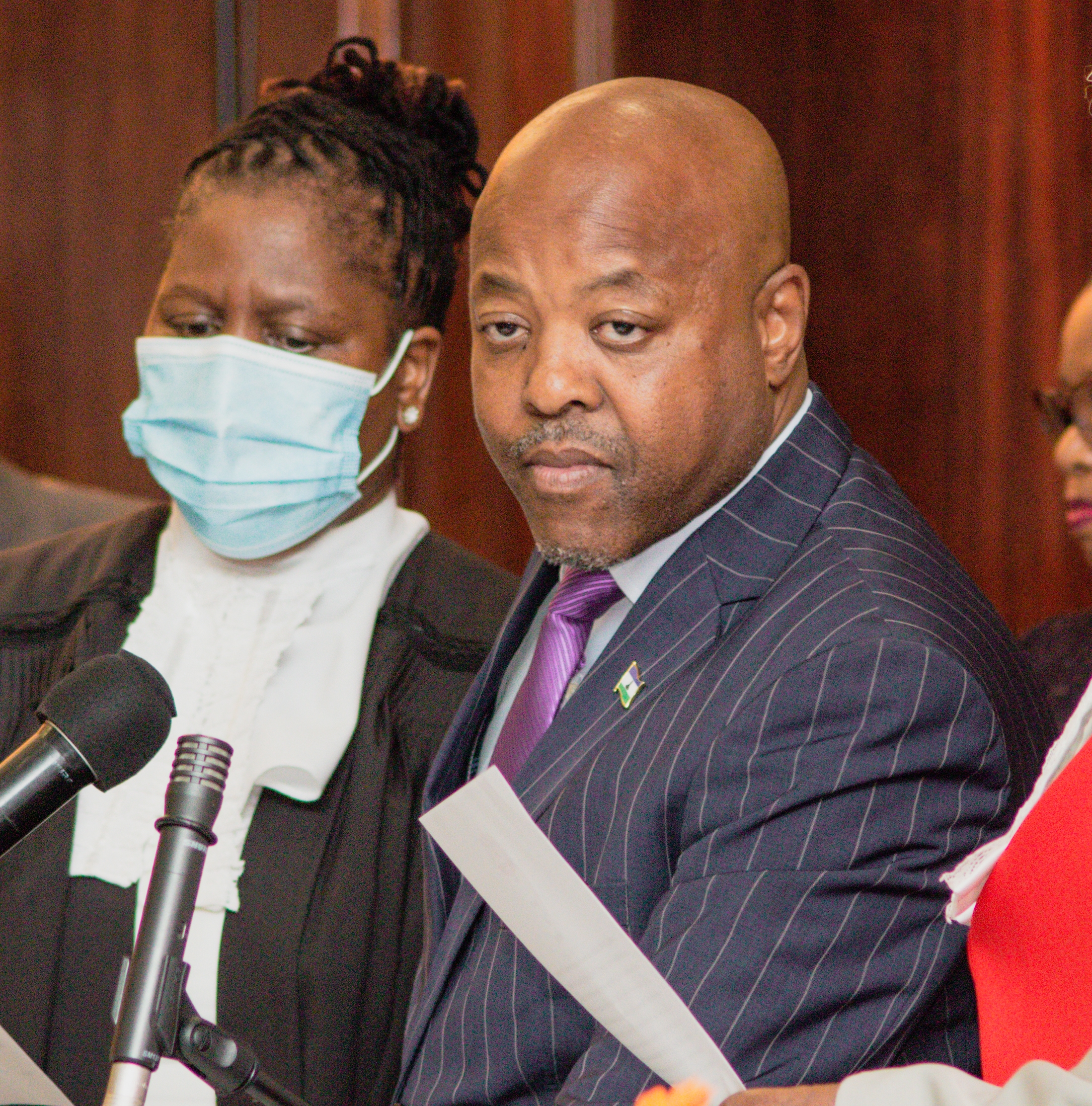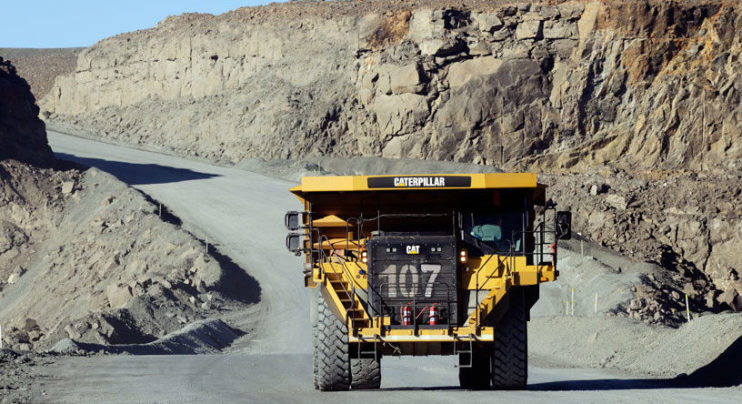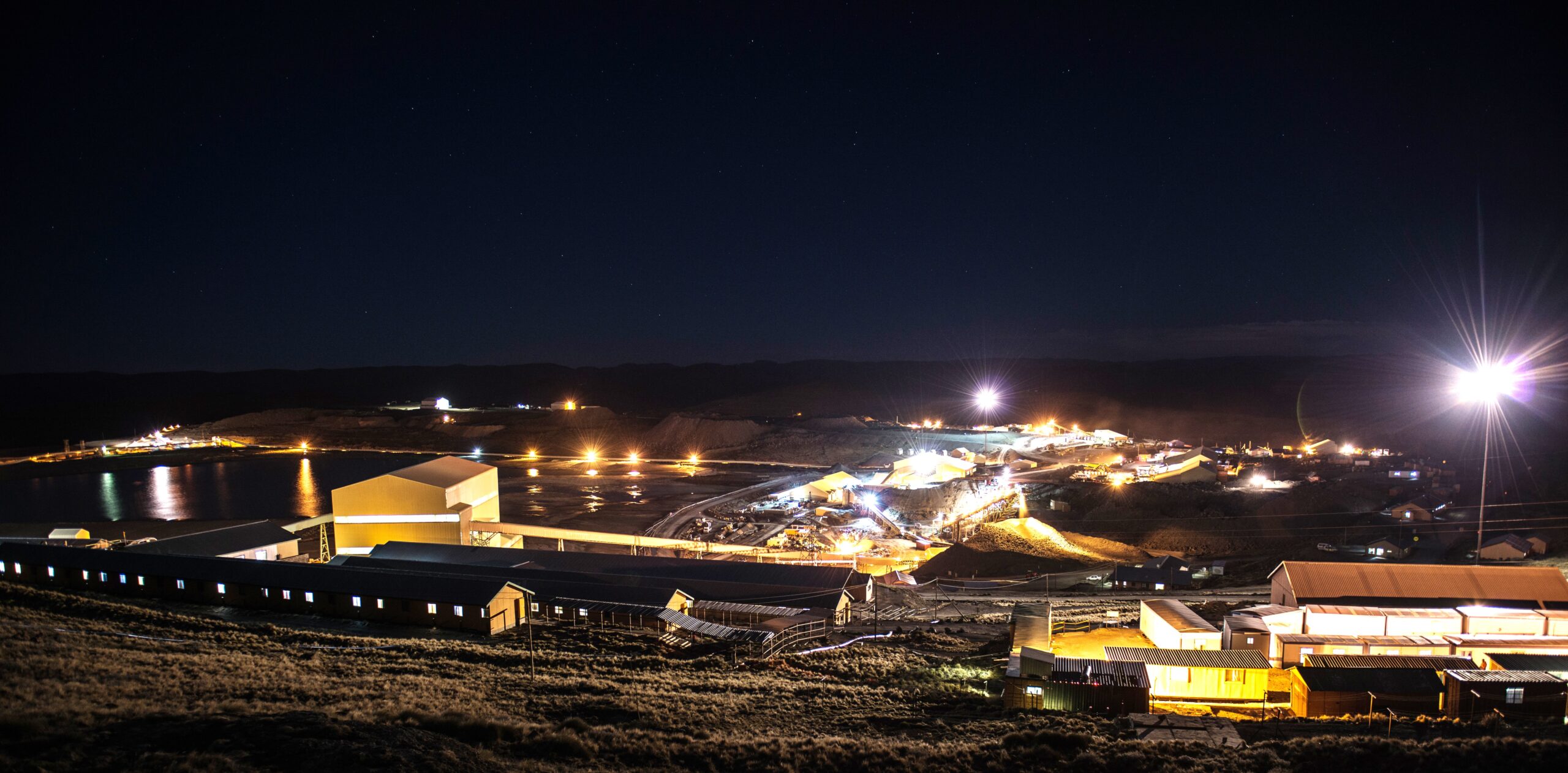With rough diamond production expected to decrease in short term due to depletion of existing mines
it is predicted that the global portfolio of diamond mines will shrink from over 50 commercial mines today to an estimated 14 by 2040
Lerato Matheka
Four mines; Lighobong, Kao, Letseng and Mothae have registered concerns with regards to the growth of the mining sector.
The concern is covered in the Lesotho Diamond Mining Industry Performance Report of 2016-2018 by the Lesotho Chamber of Mines which further indicates that the development of mines in Lesotho is not possible without Foreign Direct Investment.
All mines have registered a drop in rough prices of Lesotho diamonds.
Kao Mine trading as Storm Mountain Diamond (SMD) indicated that the mine remains marginal with the high grade areas of the pipe having all depleted.
The continued viable operation of the mine remains challenging, with lower diamond prices affecting the profitability of the business despite good production results. The fluctuations in the diamond prices are considerable and when the markets are down then SMD can quickly become loss-making, despite good production. Production costs at SMD are going to rise in the next years due to increased waste mining necessitated by the mine plan. SMD will continue to require stay-in-business capital.
The Mine indicated that while parts of this capital can be funded from reserves, large capital outlays will require investor funding. In around 7 years SMD noted that it would require significant capital to relocate its plant.
The development of Kao and other mines in Lesotho is not possible without Foreign Direct Investment. The Kao narrative shows that large amounts of money were invested in a high risk mine, without which the development of the mine would not have been possible.
According to Liqhobong Mines market outlook short term; there has been a drop in rough prices from the highs of 2013/2014, and this is impacting negatively on the overall global diamond business.
Smaller, lower quality goods is under pressure since Indian demonetisation event and again during 2018 mainly due to; oversupply of smaller diamonds (fines) from new mines Gahcho Kue and Renard in Canada; Liqhobong in Lesotho; midstream finance taken over the burden of stockpiling rough diamonds due to growing bad debt, bankruptcies and fraud, leading western banks withdrawing from financing market; Perceived threat from Lab Grown Diamonds (LGDs).
The market outlook near term of the mine indicates that there is no doubt the supply of natural diamonds is gradually dwindling with closure of some mines and aging of others with resultant reduction in production.
However, rough diamond production is expected to decrease in short term due to depletion of existing mines, most notably Argyle mine in 2020, which is currently producing around 14 Mct per annum of mostly low value stones which should see the market begin to recover. Paul Zimnisky (a notable diamond industry analyst) predicts that at current diamond prices, the global portfolio of diamond mines will shrink from over 50 commercial mines today to an estimated 14 by 2040, consequently production in carat volume will fall from 145 million carats to roughly 60 million carats.
In order to maintain what is currently a $90 billion natural diamond jewellery industry, diamond prices would have to more than double. Demand is still expected to exceed supply in the longer term starting with the imminent closure of Argyle in 2020, the report alluded.
It further noted that the United States is expected to continue to lead demand for diamond jewellery with real GDP growth of between 2% and 3%.
China and India are increasingly becoming major growth centres for diamonds with expansion of their middle class and increased disposable incomes, driven by robust and modest economic growth.
It is estimated that for rough prices to grow, it is essential that demand for natural diamond jewellery is stimulated through effective marketing. There are ongoing marketing initiatives driven by major players in the industry such as De Beers, Alrosa and their downstream partners. Global management consulting firm, Bain, expects demand to grow up to 2% in real value terms.
Liqhobong has a large Mineral Resource with current Life of Mine (LOM) plan (cut 2) depleting only 38% of the total defined resource tonnes. There are two years to decide LOM extension (cut 3) based on slope angles, diamond price and exchange rate. At current low share price and market cap, Lighobong is well positioned to take advantage of recovery in diamond prices.
According to Letseng mine, the demand for large high value rough diamonds remained resilient against global diamond market pressures.
The mine indicated that the
ageing and depletion of existing diamond mines would, in the medium term,
result in a steady decrease of the global diamond supply.
This will be marginally offset by limited additional supply from new mines in the short to medium term. Rough diamond production has declined considerably since peaking in 2005 and is not expected to recover to the pre-global financial crisis levels of approximately 168 million carats per annum, the report noted adding that rough diamond production is believed to have peaked at 151 million carats in 2017 and annual global diamond production is expected to steadily decrease to around 110 million carats by 2030.
The projected supply from new mines is expected to add an additional 21 million carats a year until 2026 and thereafter output from these mines is expected to decrease to around 16 million carats by 2030. The additional supply from these new mines is not expected to compensate for the expected growth in demand during the same period.
Letseng achieved an average price of US$2 131 per carat, retaining its standing as the highest average dollar per carat kimberlite diamond producer in the world. The increase in average US$ per carat from last years US$1 930 per carat, was driven by an improvement in the size and quality (fifteen +100 carat diamonds were recovered compared to seven in 2017) of Letseng production during the year. The mine places LetÅ¡eng Diamonds at the top end of the diamond market in terms of the size and quality of its large diamond production, with is greater than 10 carat diamonds accounting for 80% of its revenue in 2018. In the short term, notwithstanding the uncertain impact of man-made diamonds on the smaller, more commercial polished diamonds, it is expected that demand for polished diamonds will remain stable and that the prices for Letseng’s unique, large, high-value rough diamond production will remain robust, the report indicated, adding the emphasis for 2019, and beyond, remains on positioning Letseng Diamonds for continued sustainable growth by leveraging on its strengths and by focused investment.
Mining is a cyclical industry, but also one that involves taking decisions that have implications over long periods of time. Letseng understands that it is its task to balance these periodically competing timelines and that its focus must remain on positioning itself to thrive throughout the cycle. Going forward, Letseng will continue to drive the rigorous approach to efficiency embodied in the Business Transformation programme and will ensure that the improvements become embedded in our operational systems and culture for the long-term benefit of all stakeholders.
Some of the key areas of focus going forward will include investing in cutting edge technology. This will ensure early identification of liberated diamonds, identification of diamonds within kimberlite, a non-mechanical means of liberating these diamonds within the kimberlite, enhancement and upscaling of detection technology to process particles up to 150mm in size and non-mechanical means of fragmenting even larger particles to liberate detected diamonds.
Mothae Mine on the other hand noted that there has been significant pressure on rough diamond prices from the highs of 2013/2014.
A perceived oversupply of lower value rough diamonds, lack of financing in the mid-stream, manufacturing sector and high polished diamond inventories have led to a reduction in rough demand and therefore rough prices.
This is impacting all diamond miners. For most companies in the sector, sale prices being achieved are lower than forecast, directly affecting revenues and profitability. For these reasons, the shareholders of Mothae and the mine management team continue to pursue operational efficiencies and cost reductions to optimise unit costs.
Mohale Ralikariki, Lesotho Chamber of Mines Chairperson in his comment highlighted that the challenge for some mining jurisdictions in Africa is that they keep on changing the rules and these frequent changes simply turn off investment and the economic opportunity cost of the lost investment is game changing in a negative sense.
The mining sector in Lesotho continues receiving wide attention, from ordinary citizens to the technocrats and legislators. It has potential to grow further and increase its contribution to the socioeconomic development of the country, and the key is collaboration between industry and government to create enabling environment to ensure greater benefits to the citizens of this country and greater returns to the investors. Those with very little counter factual evidence have stirred very controversial discussions that left many wondering whether there are any benefits from the mining sector, he pointed out.
Summary
- The market outlook near term of the mine indicates that there is no doubt the supply of natural diamonds is gradually dwindling with closure of some mines and aging of others with resultant reduction in production.
- Rough diamond production is expected to decrease in short term due to depletion of existing mines, most notably Argyle mine in 2020, which is currently producing around 14 Mct per annum of mostly low value stones which should see the market begin to recover.
- Paul Zimnisky (a notable diamond industry analyst) predicts that at current diamond prices, the global portfolio of diamond mines will shrink from over 50 commercial mines today to an estimated 14 by 2040, consequently production in carat volume will fall from 145 million carats to roughly 60 million carats.

Your Trusted Source for News and Insights in Lesotho!
At Newsday Media, we are passionate about delivering accurate, timely, and engaging news and multimedia content to our diverse audience. Founded with the vision of revolutionizing the media landscape in Lesotho, we have grown into a leading hybrid media company that blends traditional journalism with innovative digital platforms.









